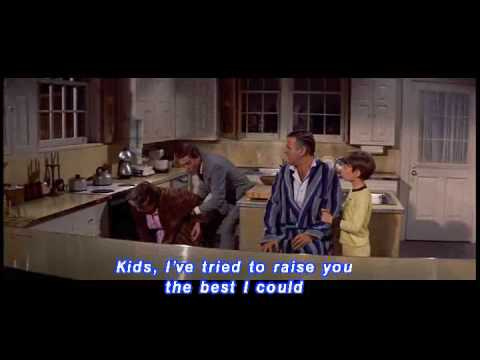Tweets like this one drive me crazy, where Bob Nightengale throws out some crazy Nolan Ryan stat, compares it to today’s “fragile pitchers”, and then goes full Paul Lynde:
But do you remember Les Rohr?
Probably not. Even if you’re a Mets fan, the name might ring a very distant bell, as the answer to some trivia question, but stats or anecdotes? Very unlikely. The reason why is that Rohr, a tall Montana lefty - taller than Ryan even - who had been born in England only played a couple seasons. Despite not playing high school ball because his school didn’t field a team, he had been drafted second overall, behind Rick Monday in the first MLB draft. That’s ten rounds ahead of Ryan, and Rohr made it to the bigs in 1967, the year Ryan missed due to injury and service in the Army Reserve. I wonder if Ryan remembers Rohr.
The 1967 Mets rotation was Tom Seaver and … well, not much else. No one else on that staff made it over 500 and only Jack Fisher had 30 starts, which left a lot of room for a minor league phenom like Rohr to get up. He’d dominated at Single- and Double-A in 1966, making it up after racking up 144 strikeouts in 132 innings, but with dubious control (93 walks, 16 wild pitches.)
In his second start at the end of the ‘67 season, Rohr faced off with Don Drysdale and the Dodgers. He put up eight shutout innings to beat the future Hall of Famer, with a very nice line. Heading into 1968, expectations were high for Rohr, with Red Murff, the scout now most remembered for signing Ryan, saying that Rohr should be a twenty game winner and “strikes everyone out. His own catcher is in danger.” That last part makes me think Rohr had plus velocity, though there’s obviously no record of this.
On April 15th, 1968, everything changed for Rohr. He’d thrown batting practice before the game for about twenty minutes, not knowing that a marathon 24-inning game would necessitate him pitching. Rohr was the eighth pitcher of the night for the Mets, after Tom Seaver started and went 10 scoreless innings. Rohr went 2 1/3 before giving up the game’s lone run, losing 1-0 to the Astros in Houston.
“My arm swelled up real bad”, said Rohr in an MLB.com article from 2006. His next start only lasted four innings and Rohr was never the same. While there’s no official diagnosis, Rohr’s injury has been described as a “pulled tendon.” It’s not unthinkable that he might have sprained his elbow, years ahead of Dr. Frank Jobe inventing Tommy John surgery. (A tip of the cap to SABR’s bio project for some of these details.)
Rohr was out of baseball by 1970, one of many pitchers ruined by arm injury at a time that sports medicine could do little for him. He died in 2020, but had once been a more touted pitching prospect than Nolan Ryan. The reason we don’t remember him is injury. He never had the chance to go on, like Ryan did, and put up ridiculous stats like going 332 innings in a season. Most asked to do that broke down like Rohr. We remember Ryan because he’s such a ridiculous outlier, someone that no one should ever be compared to until their career is done.
You don’t remember Les Rohr, but you should. We should have learned from all the lessons like him, from 1968 to now, and because people continue to expect Nolan Ryans, we’re going to get more Les Rohrs.
On to the injuries:
JACOB DEGROM, SP TEX (sprained elbow)
Much of what I’d normally write here went into yesterday’s UTK Flash, so please check that out if you haven’t already. The new information is that we still don’t know what procedure Jacob deGrom will have. Dr. Keith Meister will make the decision once he’s inside the elbow, which is normal for this kind of issue. It does show that the possibility is in play and suggests the sprain is new. The inflammation often makes the MRI unclear.
DeGrom will have the surgery next week, another suggestion that the sprain is fresh. Allowing the inflammation to go down can make the surgery a bit easier and deGrom is likely not in significant pain or any danger of injuring it further. Modern techniques, from tendon harvesting and preparation to the use of InternalBrace, give deGrom the best possible chance of returning.
However, most of the rehab protocols are very conservative and mostly variants of Dr. Kevin Wilk’s protocols from the mid-1980s. All due respect to Wilk, a true legend, but we can do better with modern tools and the first team that gets the rehab right will have a huge time and cost advantage. DeGrom is making better than a million dollars a start, so an extra three months is value if nothing else.
Talking to sources ahead of this latest injury, they all insisted that deGrom’s UCL was intact and that the inflammation’s cause was, if not purely unknown, then at least a matter of debate. This pattern is common, especially as a pitcher ramps up the workload and intensity. Dr. Frank Jobe would say that the UCL doesn’t take significant stress until a pitcher is throwing at 75 percent, though I can’t find any study that gives a definitive number on that.
AARON JUDGE, OF NYY (sprained toe)




